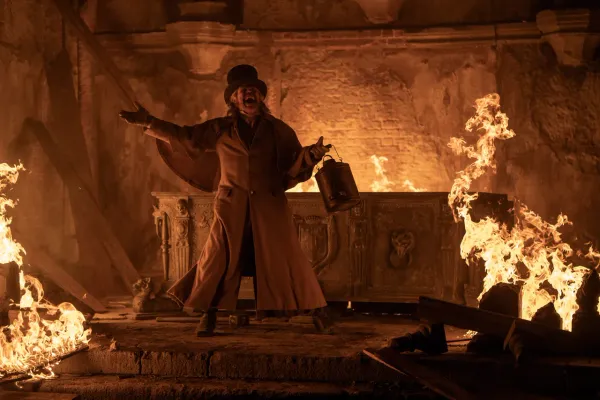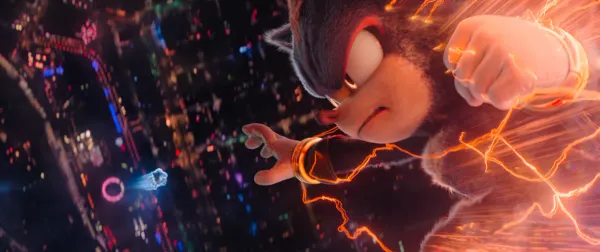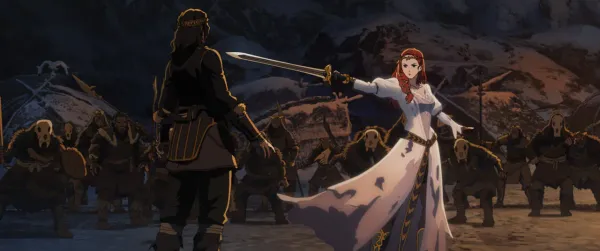THE REPORT
When I was much younger, I would get irrationally scared at things I saw on TV.
It didn’t need to be anything scary; just the implication of terror towards another would do. I’d cower behind the sofa and shake with fear. My parents, unaware of just how scared I’d get, would remind me that it wasn’t real. These things didn’t happen in real life.
During my first year in high school, two planes flew into the World Trade Center towers in the act of vicious terrorism. I, along with the rest of the world, watched as the towers came down. My mom cried. Relatives from both America and Canada called, and everyone was scared.
A week later, I watched as America invaded Afghanistan. Students harassed my Iranian classmate and his brother at school, and everyone was angry.
By the time I was twenty, places like Abu Ghraib, Guantanamo, and other black sites still unknown at the time weren’t just figments of a demented imagination but easily traceable on the map. Every act within them available for viewing online, and nobody batted an eye.
It wasn’t rare, buried footage; it was prime time television. The story was in every tabloid and newspapers the world over, and very quickly, these images became memes. It was no longer a retaliation against a small group of extremists; it was the outright destruction of humanity sweeping the whole of the Middle-East.
There wasn’t a big enough sofa to hide behind anymore.
This film is titled THE REPORT, even though the original stylized heading calls it THE TORTURE REPORT. We can’t use the latter because, as director and writer Scott Z. Burns smartly shows in his dramatization of reality, facts matter. As right as it is for what we now know, we have to abide by the power to subjugate language. But since THE ENHANCED INTERROGATION TACTICS REPORT doesn’t sound right either, we’ll stick with the abridged version.
It’s also why THE REPORT doesn’t state that what follows are the actual events. It makes things very clear from the start that it comes from the 500-page summary released by Daniel Jones and his team, along with the work of investigative journalists and testimonies of those involved. But because the actual report, all 6,700 pages of it, are still classified, we can’t call it a true story. Doesn’t matter that the dialog is verbatim from the real-life report itself. Nor that there is mountains of evidence and testimony to portray what happened accurately. It is not enough.
Burns, with more integrity and character than I could hope to muster, sticks to the facts. As redacted as they are, they are still incredibly damning.
THE REPORT charts the six years it took for Daniel Jones and his team to dig through nearly 6.3 million pages of documents to expose the full lengths that the CIA went to in their blind quest for vengeance. It portrays without flinching the banal cruelty of incompetent lunatics using a PowerPoint presentation to sell inhuman torture tactics and puts us front and center to experience the immediate effects of these war crimes as they unfold. The torture is toned down from reality, but still horrific and gutwrenching to watch. Thankfully Burns doesn’t offer respite or turn the attention to how bad it made the torturers feel as other films have in the past.
It is an angry film for a reason. It depicts the moment that America embraced its position as, if not a villain, a morally questionable superpower without oversight that it had flirted with for decades. Much of the legwork is just preparing the audience to understand the scope and gravity of the situation. On that front, the film has brought the receipts. Meticulously crafted, each scene works to deliver background, context, and conclusion to every accusation presented, and it works flawlessly. As a pure example of the power of research and journalism, THE REPORT is as exquisite as Alan J. Pakula’s classic ALL THE PRESIDENT’S MEN, about another illegal war committed by another corrupt regime.
THE REPORT is Adam Driver’s film, and he carries every frame of it on his long-suffering shoulders. Jones is someone who chooses to believe that Atticus Finch could triumph today in a more enlightened time, even as every step he takes chips away at his faith in humanity. Driver soldiers on with fury and commitment, and it’s one of the best performances of the year. In one heartbreaking scene, a single slouch from him expresses more than a dozen monologues could. He has just compiled thousands of pages of evidence, and the endless news cycle celebrates the death of Osama Bin Laden. Bloodlust, once again, buries the report. As he hops between channels, the film takes a swipe at Kathryn Bigelow’s irresponsible ZERO DARK THIRTY; a film later revealed to have worked together with the CIA as Jones was putting together his report.
Supporting him is a cast of great actors in parts small and large. Annette Benning is stellar as Senator Feinstein, a historically significant political figure who put the entire investigation in motion. Jon Hamm brings an air of malice to his part as the White House Chief of Staff. Tim Blake Nelson shows up to remind us that even when appearing in a film for five minutes, he’s usually the most memorable thing in it. Written with sophistication and nuance, each part is a winner. As tempting as it might have been to make the CIA agents sneering villains, Burns resists the call. Viewed in hindsight, these are all repugnant criminals, yet Burns allows them the opportunity to remind us that every monster in history thought they were doing what they did for the good of their country.
If there is something to complain about, the film concludes with an oddly optimistic tone. It’s not a spoiler to say that we now know of the work done by Jones and his team, but presented here is a strange ‘triumph of the underdog’ tone to what amounts to a Pyrrhic victory.
Because once whistleblowers’ are silenced, the powers will always hide what they had to reveal under public scrutiny.



